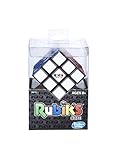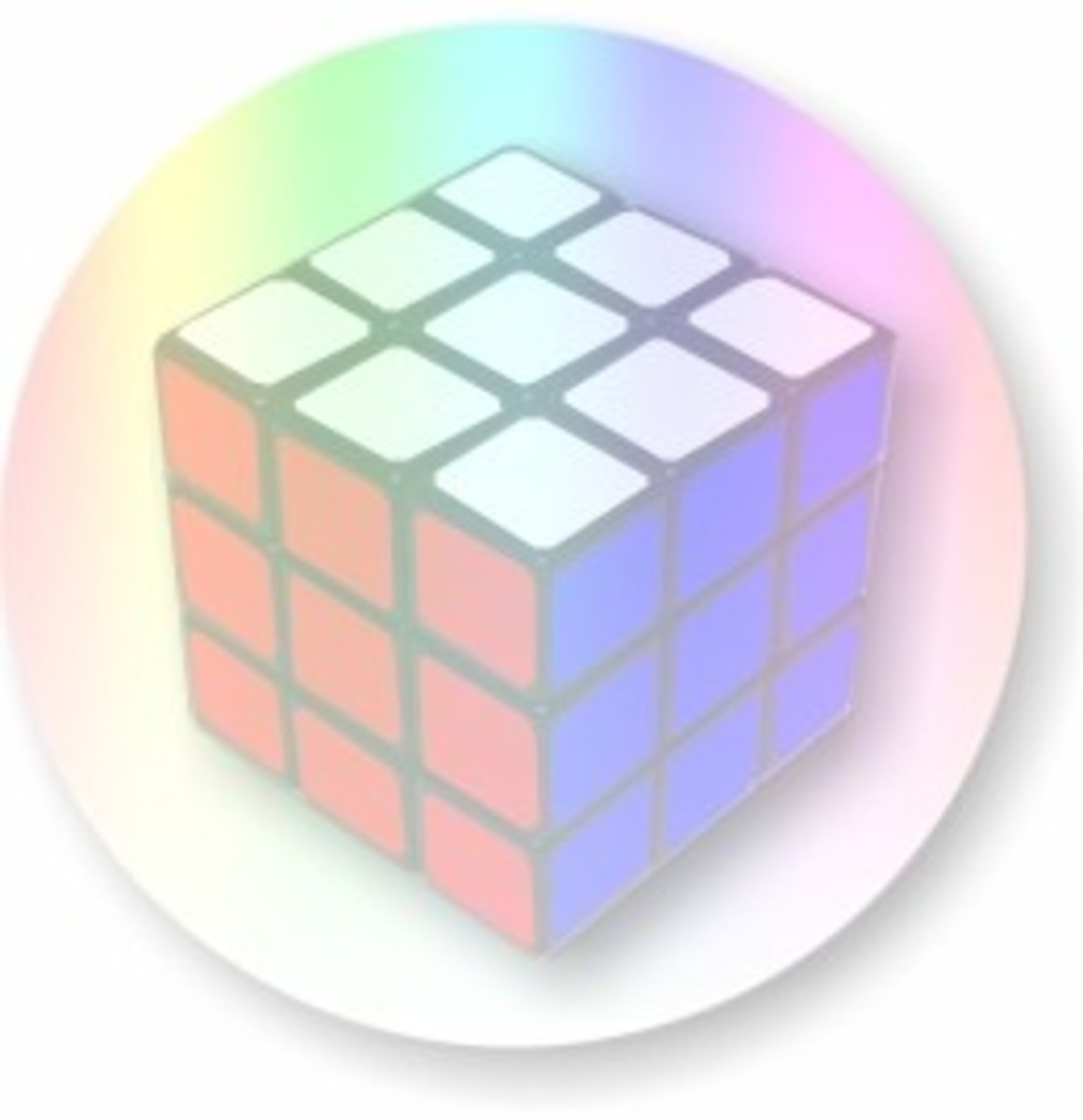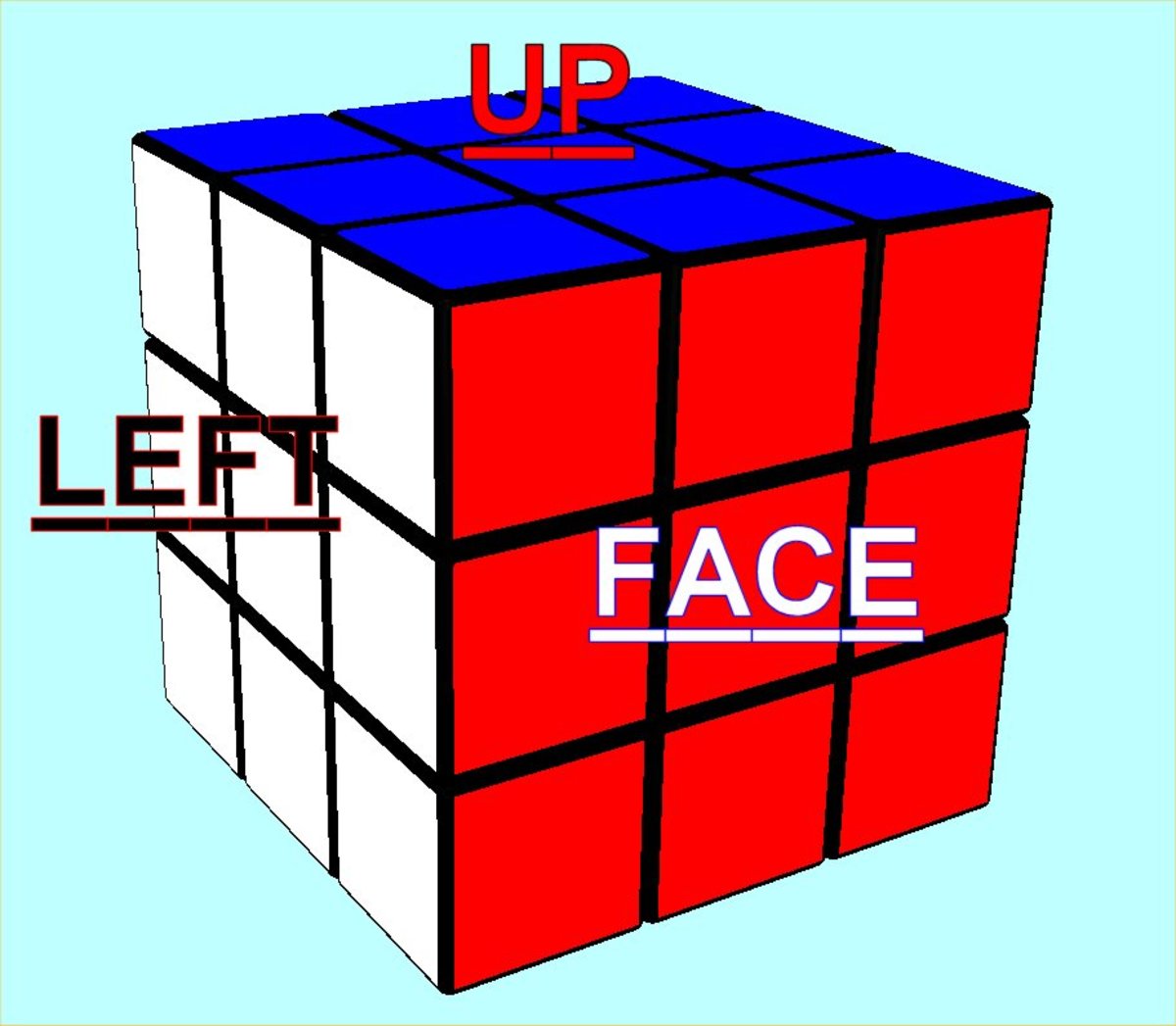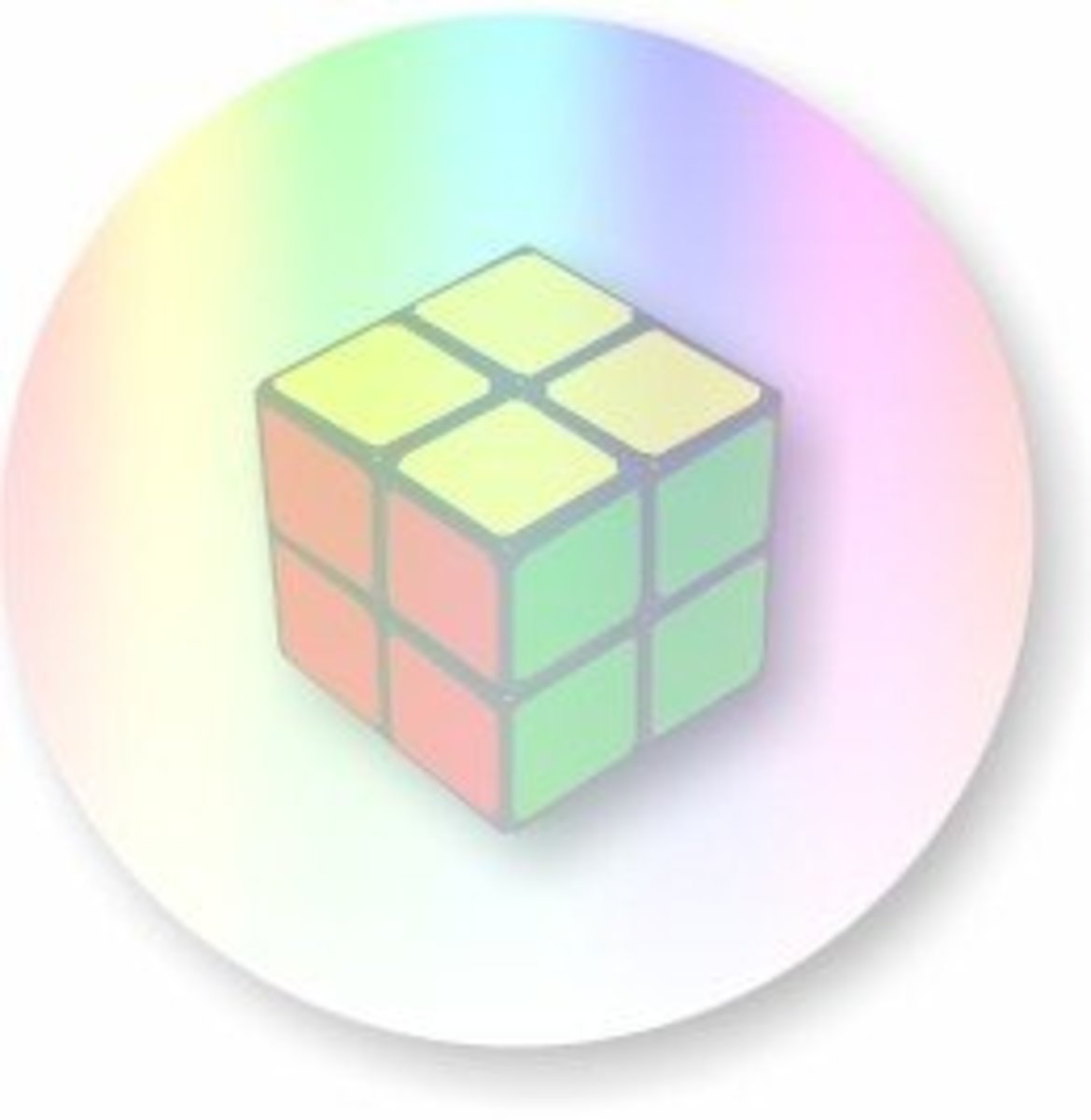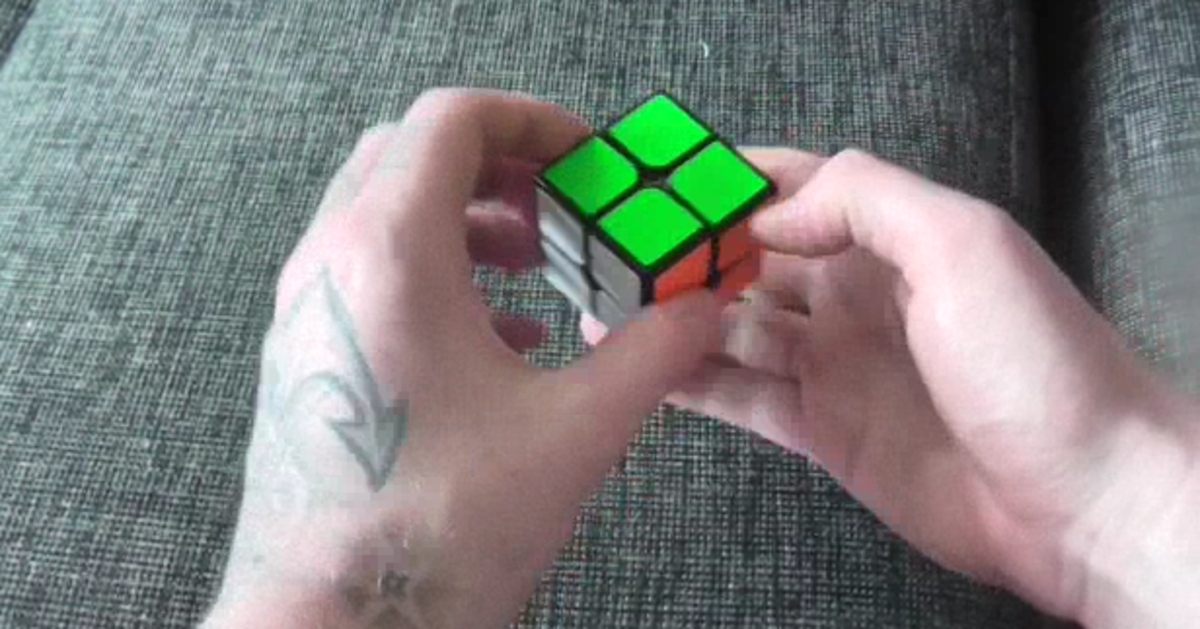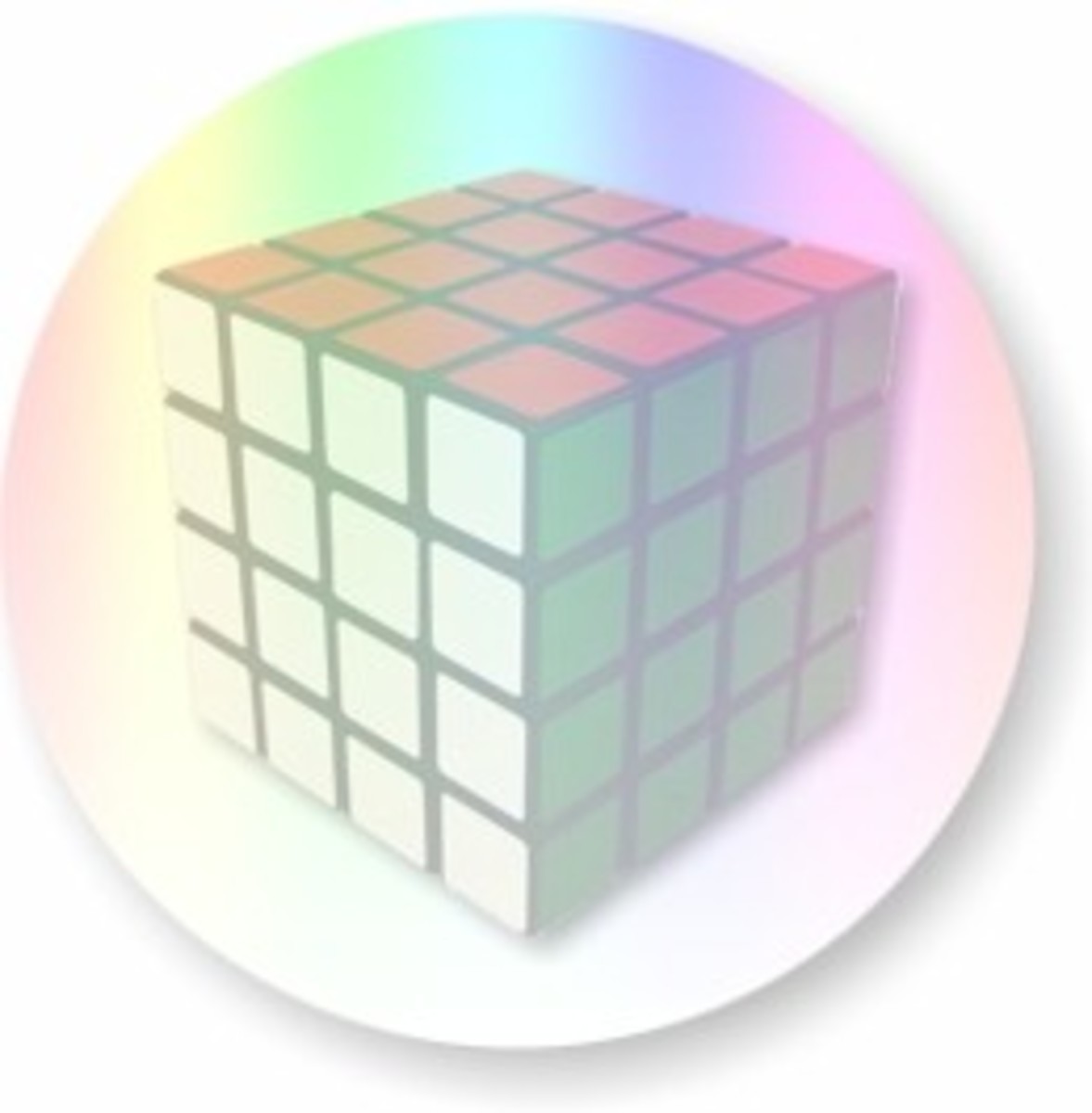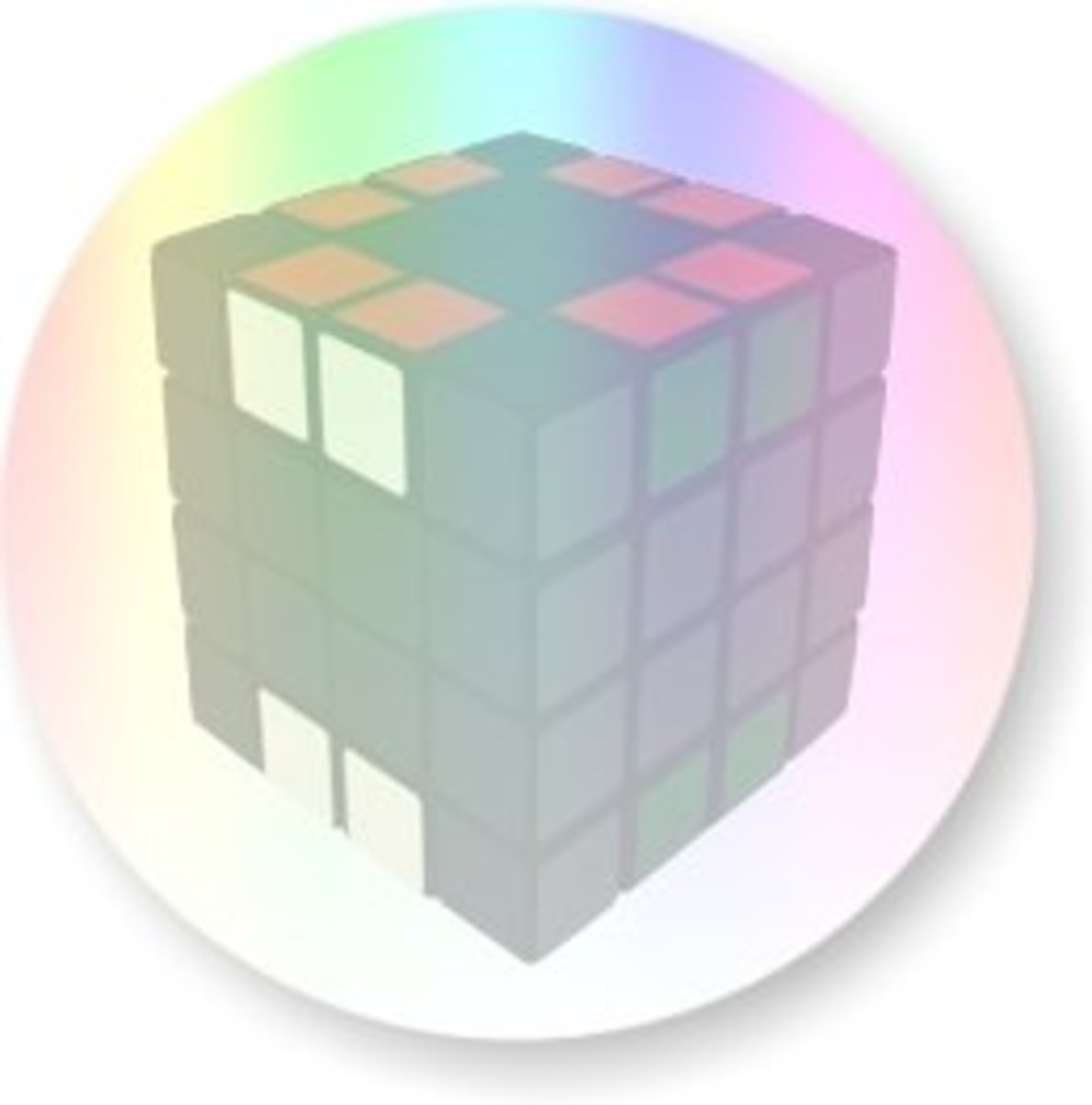The History Of The Rubik's Cube: The Most Captivating Puzzle Ever Created
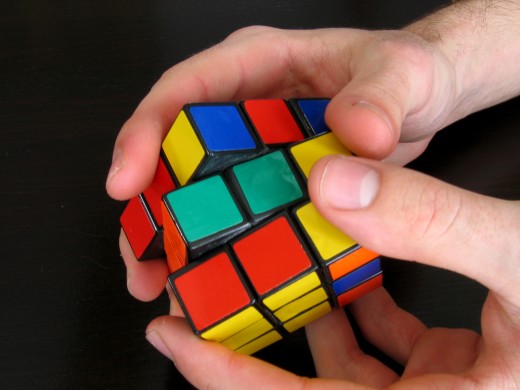
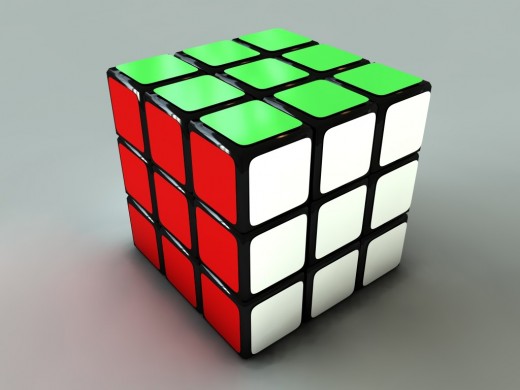
What Is A Rubik's Cube?
The Rubik's cube is officially the most popular toy of all time. In fact, over 350 million Rubik's cubes have been sold worldwide. Chances are you have come across as least one Rubik's cube in your lifetime (and perhaps even gave it a try), but for those of you who are unfamiliar with this precious little puzzle gem, what exactly is a Rubik's cube?
Put simply, the Rubik's cube is a six sided puzzle game. The larger cube is made up of 26 smaller cubes (there is no cube in the center). It's dimensions are 3x3x3, so it appears that there are 9 smaller cubes on each face of the larger cube. Each side of the cube is a different color---traditionally white, yellow, blue, red, orange and green are used---but nowadays there are a multitude of variants on the original color scheme. Nevertheless, each of the six sides is always given a unique color, logo, or design.
Each face of the cube can be turned by means of a pivot mechanism. By turning the cube several times and in several different directions, the colors become scrambled. The objective of the puzzle is to bring the cube back to its original formation---making each side of the cube a solid color once again. For those of you familiar with the puzzle, this is much easier said than done!
When Was The Rubik's Cube Created?
The Rubik's cube was created in 1974, conceptualized and initially created as a simple wooden model. The following year in 1975, arrangements were made to produce the cube for commercial sale by Hungarian toy manufacturer Politechnika. In 1977 the Rubik's cube hit toy stores in Budapest, initially marketed as the "Magic Cube." In 1979 a deal was made with Ideal Toy Corporation, and the puzzle game made its debut in the West (including the United States) in 1980. It was during the 1980s that the Rubik's cube attained unprecedented popularity worldwide.
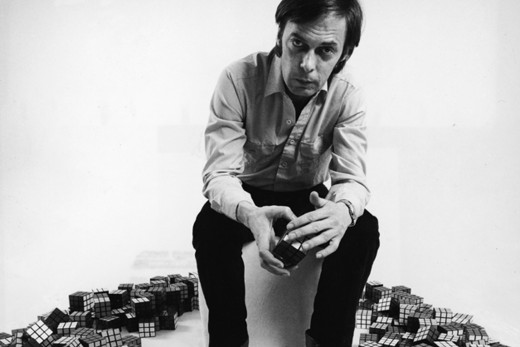
Who Created The Rubik's Cube?
Ernö Rubik (shown above) invented the Rubik's cube (and as you can see, it has been conveniently named after him). Born on July 13, 1944, son of an engineer and an artist, Rubik was an intelligent scholar working at the Academy of Applied Arts and Design in Budapest, Hungary. He had a passion for designing puzzles to help his students familiarize themselves with spatial reasoning and geometry. The Rubik's cube was the result of an attempt to do just this. The idea was conceived of and came to fruition just before Rubik's 30th birthday.
Following the creation of the first wooden model, Ernö Rubik became fascinated by the cube. It is said that even Rubik had considerable difficulty returning the puzzle to its original formation---it reportedly took him an entire month to solve it! The sheer difficulty of the puzzle inspired him to market it worldwide, believing it would captivate consumers worldwide---and he was right.
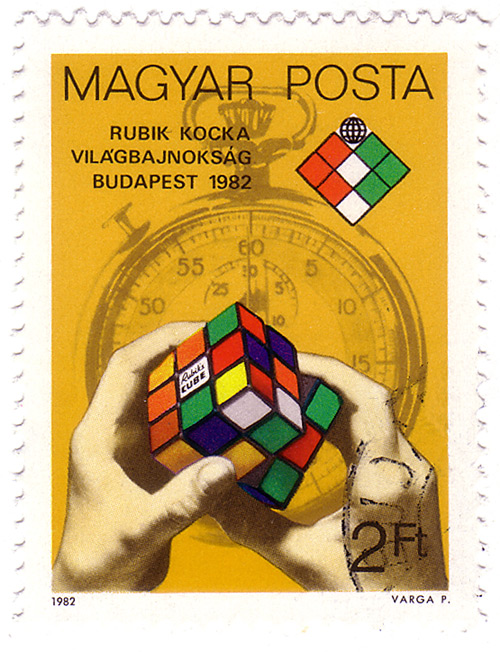
How Did The Rubik's Cube Become So Popular?
Once the Rubik's cube was made available for worldwide mass consumption in 1980, it became an astonishing success. Appearance-wise, the toy seemed harmless and nonthreatening, but to the contrary, most found it incredibly difficult to solve! The mystery of how to solve a Rubik's cube is partially responsible for its widespread popularity.
Mass frustration with the Rubik's cube led to demand for the creation of instruction manuals on how to solve the puzzle. The renowned difficulty of solving the Rubik's cube also inspired the formation of the World Cube Association---an organization that holds Rubik's cube tournaments across the globe. The very first Rubik's cube Tournament was held in 1982 in Budapest, Hungary. It was so noteworthy that a stamp was created to honor the event! People either loved it or hated it---but everyone was familiar with the cube!
The Rubik's cube was an incontestable icon of the 1980s. Nevertheless, the cube still remains popular today. In recent years, variants of the original cube have been mass produced. For example, there are now 2x2 cubes available to purchase for the beginner and 4x4 cubes available to purchase for the expert. Similar puzzles have been introduced in shapes other than cubes---ranging from pyramids to dodecahedrons. Themed cubes are also sold. Just as solution guides were being mass-produced in the 1980s, a plethora of websites providing algorithms to solve the cube have also sprung up in the 1990s and 2000s. It looks like the Rubik's cube won't be going anywhere anytime soon!

